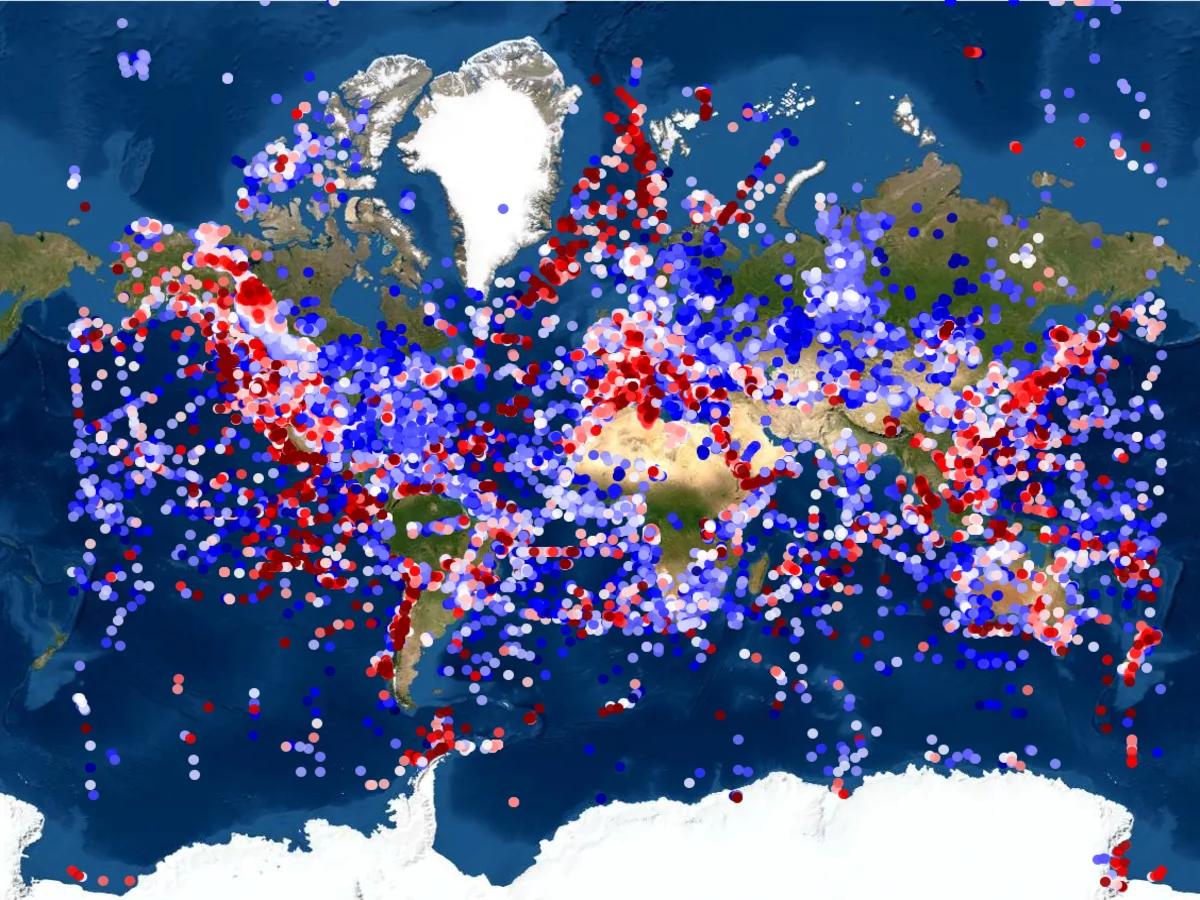About HeatFlow.org
HeatFlow.org was born out of a desire to publish online the Global Heat Flow Database in a modern framework with interactive search and download features for greater findability and accessibility of the data within. As the website progressed, we realised we had an opportunity to transform the database so that we could store raw thermal data such as temperature, thermal conductivity and heat generation alongside our heat flow estimates. Doing so provides a much better way to validate, quality assess, cross-check and eventually repurpose the existing data.
Keep reading below to discover some of the ways you can interact with the data on this website. Or... find what you're looking for through our interactive map.



